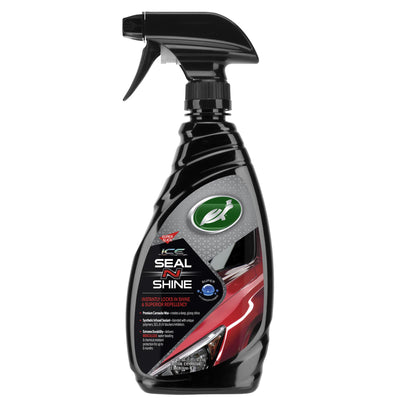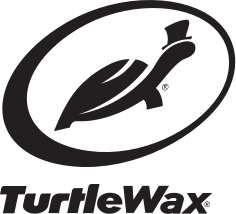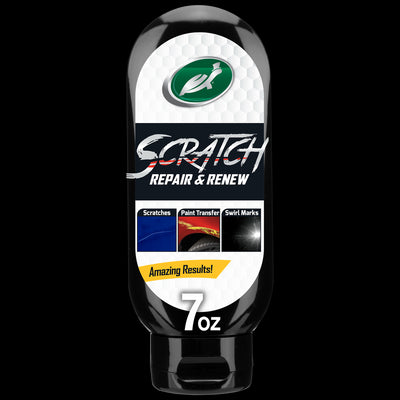
FREE DELIVERY ON ORDERS OVER $30
Discover The Art of Car Care
THOUSANDS OF 5-STAR REVIEWS
- Home
-
Exterior
- Wash
- Wax, Seal & Coat
- Paint Correct
-
Restore
- headlight restoration
- scratch repair
- trim restoration
- bug & tar removal
- metal & chrome finish
- View all Restore
- Wheel & Tire
- View all Exterior
- Interior
- Hybrid Solutions
-
Mister Cartoon
- Mister Cartoon Complete Collection
- Mister Cartoon Air Care & Foggers
- Mister Cartoon Wash, Wax & Detailer
- Mister Cartoon Interior, LVP & Protectant
- Mister Cartoon Wheel & Tire
- View all Mister Cartoon
- Car Care Kits
- Accessories
- Learn
- Rewards
- Product Finder
FREE DELIVERY ON ORDERS OVER $30
Discover The Art of Car Care
THOUSANDS OF 5-STAR REVIEWS

HOW TO WAX A CAR PROPERLY: FULL GUIDE
Looking to get that showroom-fresh shine on your car – and want to ensure it lasts? Whether you’re working by hand or with an electric buffer, here’s the Turtle Wax guide on how to wax a car using specialist automotive wax to get your panels gleaming with a durable protective finish.
Few of us have the luxury to spend countless hours pampering our vehicles. However, by using the right car-care products, it takes only a fraction of that time to transform dull, tired paintwork into a mirror-like professional finish. Doing so can help protect your panels against future damage from the sun plus environmental and cosmetic factors, as well as maintain your model’s beauty and value.












